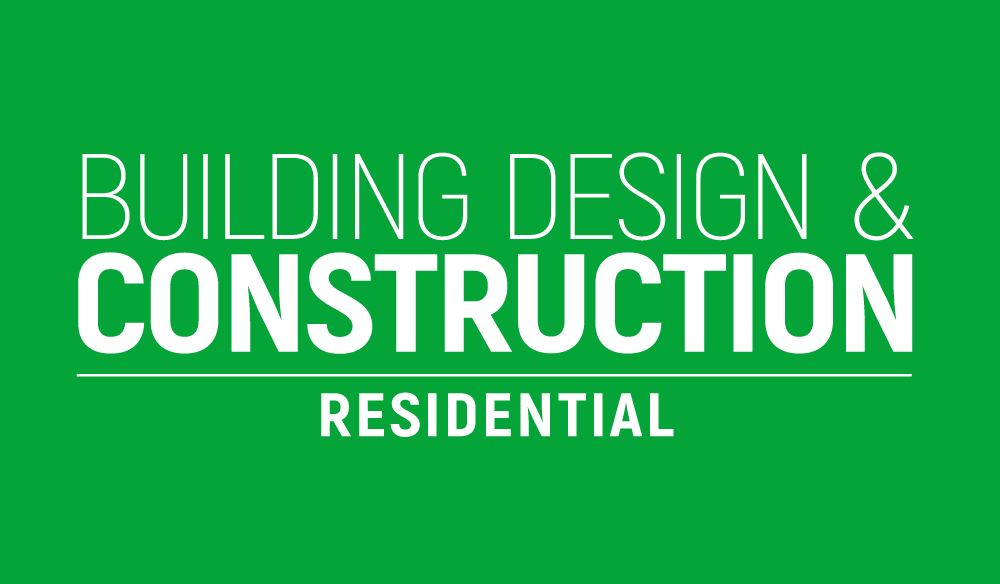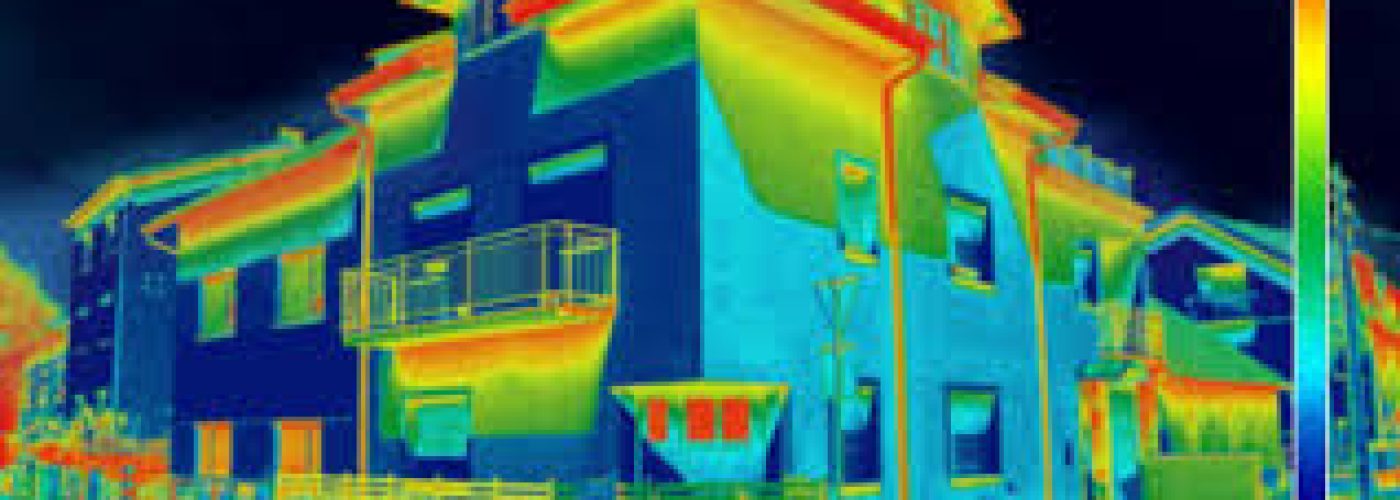To
meet its climate change commitments, the UK government has said all
houses, old and new, must be carbon-free by 2050. A review of
energy-efficient housing is urgently required.
The World
Green Building Council estimate
buildings and construction are responsible for around 39% of global
greenhouse gas emissions. The Energy
Savings Trust estimate
that 40% of the UK’s carbon footprint comes from domestic housing –
half of which comes from the energy used for heating and air
conditioning.
Prime
Minister Boris Johnson has been urged to
“flesh
out plans” following a string of underachievement that has caused
the UK
to miss their 2023 greenhouse target.
Among the PM’s plans is to build more zero-carbon homes. At present, a very small percentage of homes are built to better the minimum legal requirement for energy efficiency. In Scotland, only eight of the 14,000 new builds achieved a “gold level” rating for energy efficiency.
It is estimated that around 80% of the homes that exist in the UK today will still be standing in 2050. In the absence of energy-efficient new builds, almost all existing homes will require retrofitting to reduce energy demands.
Whilst
new homes can take advantage
of electric boilers,
better insulation and energy-efficient technologies, current
homeowners also need to look towards energy-efficient solutions such
as energy-efficient
boilers,
improved insulation and effective
energy management strategies.
Sustainable Homes of the Future
Heating
for domestic homes currently accounts for 65%
of the total fossil fuel consumption.
There is a pressing need to reduce the UK’s carbon footprint
improve energy efficiency in existing homes through renewables and
energy management.
The National
Association of Homebuilders say
sustainable buildings are less damaging to the environment and less
expensive to operate because they use less energy generated by fossil
fuels, less water and retain more heat. Similar solutions are needed
to retrofit existing homes.
The World
Economic Forum explain
the design of new zero-carbon buildings is being driven by four major
trends: decarbonization of the electric power grid; electrification
of building space and water heating; efficiency improvements to
reduce energy demand; and digitalization to provide needed
flexibility in meeting the needs of building occupants and the energy
grid.
While zero-carbon buildings may seem rare, global organisations such as Architecture 2030, Global Alliance for Buildings and Construction and the World Green Building Council are committed to bringing energy-efficient homes into the mainstream. However, building new homes is going to emit even more carbon into the atmosphere.
Whilst the upfront costs of retrofitting existing homes with energy-efficient technologies are hefty, there is a promise of significant long-term savings. To help homeowners in the UK fund an energy-efficient retrofit, the government has introduced Green Homes Grant vouchers up to a maximum of £5000.
Homeowners and residential landlords could be eligible for funds covering two-thirds of the cost of making green home improvements including the installation of modern and efficient front doors, energy-efficient windows, heat pumps, draught-proofing and heating controls such as thermostats and smart controls.





